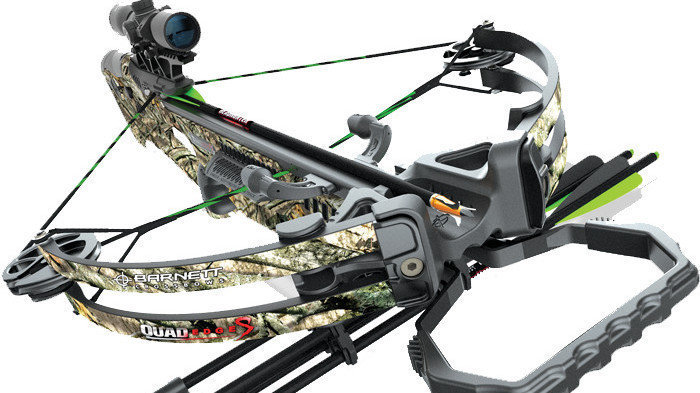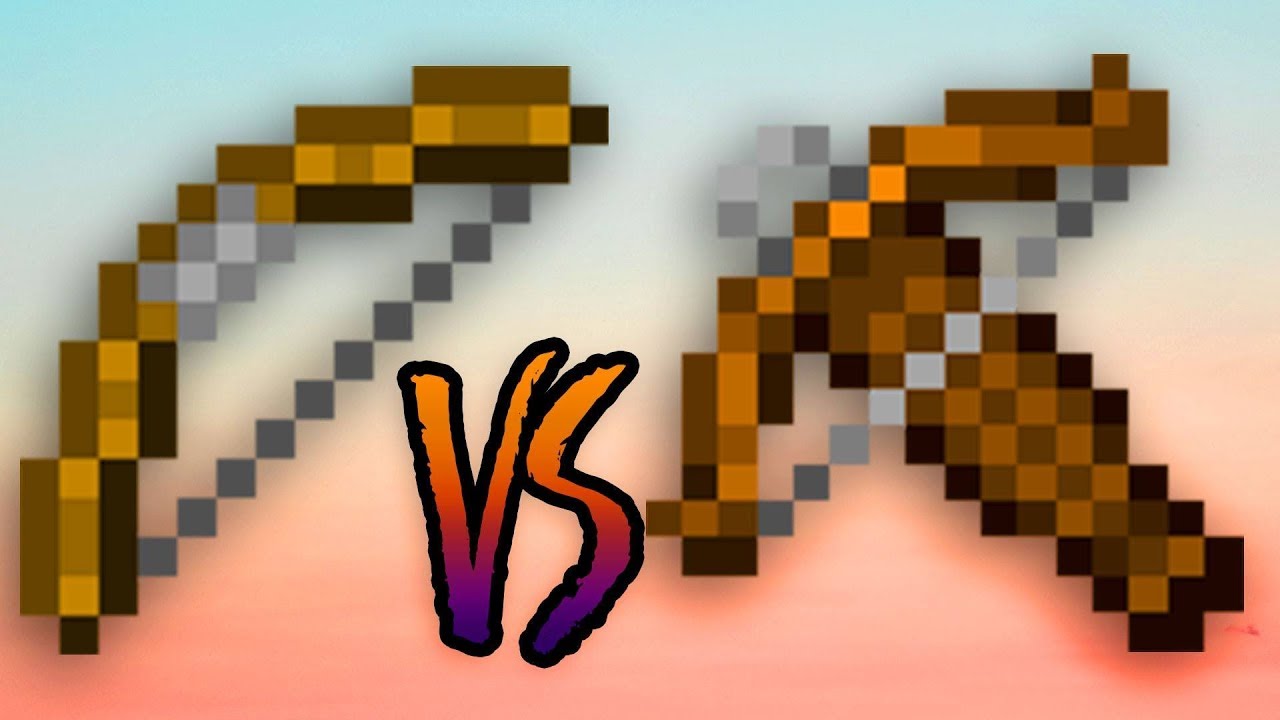Arrows have feathers for stability and accuracy during flight, providing balance and reducing drag. Feathers on arrows serve to stabilize their trajectory and improve their accuracy.
Feathers on arrows are not just decorative elements; they play a crucial role in the stability and accuracy of the flight. While feathers may seem insignificant, they serve a purpose far beyond their visual appeal. Understanding the surprising reason behind the presence of feathers on arrows can shed light on the sophisticated engineering involved in ancient weaponry.
Arrows propelled by bows require a mechanism to counteract the natural forces that can cause them to veer off course. This is where feathers come into play, contributing to the overall efficiency and precision of the arrow’s flight. We will delve deeper into why feathers are an essential component of arrows and unravel the surprising reason behind their existence.

Credit: www.newyorker.com
The Importance Of Feathers In Arrow Design
Feathers play a crucial role in arrow design as they provide stability and accuracy. The length and placement of the feathers have a significant impact on the trajectory of the arrow. Additionally, feathers have aerodynamic effects that greatly affect the flight of the arrow.
As the arrow is released, the feathers create drag, slowing down the air on one side and allowing the arrow to stay on its intended course. This drag helps in maintaining stability during flight and ensures that the arrow reaches its target with precision.
The feathers also help in reducing the oscillation or wobbling of the arrow, resulting in a more consistent and accurate shot. So, next time you see an arrow with feathers, remember the surprising reasons behind their existence.
Evolution And Historical Significance Of Feathered Arrows
Feathered arrows possess a surprising evolutionary and historical significance that extends beyond their practical purpose. These arrows with feathers, known as fletching, have origins dating back centuries. Early hunters and warriors recognized the crucial role feathers played in improving accuracy and flight trajectory.
By attaching feathers to the back of the arrow, stability and control were enhanced during release. This technological advancement transformed hunting and warfare tactics, impacting the success rate of hunters and the outcome of battles. Beyond their practicality, feathered arrows held cultural significance and carried symbolism.
The feathers chosen often held deep cultural meaning, representing strength, honor, or spiritual connection. While the materials have changed with time, the tradition of using feathers on arrows continues today as a testament to the rich historical legacy and the understanding of the importance of fletching.
This ancient practice endures, reminding us of the surprising reasons why arrows have feathers.
The Science Behind Feathered Arrow Design
Feathers on arrows may seem decorative, but there is a scientific reason behind their design. The anatomy and structure of arrow feathers play a crucial role in their performance. These feathers reduce drag and increase stability during flight. Different types of feathers are used in modern arrow manufacturing, each with its own unique properties.
The arrangement and placement of feathers are carefully considered to optimize arrow flight and accuracy. By minimizing the effects of air resistance, feathers enable arrows to maintain a straight trajectory and hit their target with precision. So, the next time you wonder why arrows have feathers, remember that it is all about the science behind their design and their ability to improve flight performance.
Traditional Feather Fletching Vs. Modern Alternatives
Arrow feathers serve a crucial purpose in flight. Traditional feather fletching has stood the test of time, offering both advantages and disadvantages. However, modern alternatives have emerged, utilizing synthetic materials in place of feathers. These alternatives are worth considering, as they provide different performance characteristics and costings for different feather types.
Each option brings its unique set of benefits and drawbacks. Whether you choose traditional feather fletching or explore the realm of modern alternatives, understanding the comparative performance and cost factors will enable you to make an informed decision. So, why do arrows have feathers?
The surprising reason lies in the function of feather fletching, whether traditional or modern, ultimately enhancing the arrow’s stability and accuracy during flight.
Specialty Feathers For Specific Archery Styles
Specialty feathers are used in archery to optimize arrow flight and accuracy. Traditional archery requires specific feathers that provide stability and control. Olympic recurve and compound bows, on the other hand, call for feathers that reduce drag and increase arrow speed.
Archers can also customize feather configurations to suit their individual needs and preferences, enhancing their overall performance. By selecting the appropriate feathers, archers can achieve more consistent and precise shots. These feathers play a crucial role in determining the trajectory of the arrow, ensuring it reaches its target with maximum impact.
Whether it’s the feathers’ shape, size, or material, each element serves a purpose in enhancing the archer’s experience and optimizing their shooting abilities. Understanding the importance of feathers in archery allows for better equipment choices, leading to improved skill development and greater success on the field.
The Impact Of Environmental Factors On Feathered Arrows
Feathers on arrows serve a crucial purpose in their flight trajectory. Environmental factors play a significant role in arrow performance. Weather conditions, such as humidity and temperature, can impact feathered arrows. These elements can affect the arrow’s stability, direction, and accuracy.
High humidity levels can make feathers softer and less rigid, reducing their ability to control the arrow’s spin. Conversely, low temperatures can make feathers stiffer, increasing their ability to stabilize the arrow. Therefore, it is essential to consider the weather conditions when selecting the right feathers for your arrow.
Different shooting environments may require adjustments in feather choice to optimize arrow performance. By understanding the impact of environmental factors, archers can make informed decisions to enhance their shooting experience.
Cleaning And Storage Tips For Feathered Arrows
Feathered arrows require proper cleaning and storage to maintain their longevity and performance. Cleaning the feathers should be done gently, using a soft cloth or brush to remove any dirt or debris without damaging the delicate feathers. Storing the arrows in a dry and cool place is crucial to prevent feather damage.
It is recommended to keep them in a quiver or arrow case, ensuring they are not compressed or bent. Long-term maintenance involves regularly inspecting the arrow shafts for any signs of wear or damage and replacing the feathers if necessary.
By taking these steps, you can prolong the lifespan of your feathered arrows and ensure their optimal performance during every use.
Retaining Arrow Feathers: Repair And Replacement
Arrow feathers serve a crucial function, aiding in the stability and accuracy of the arrow’s flight. When addressing damaged feathers in arrow fletching, repair may be a viable option. By carefully following steps to repair feathers instead of opting for complete replacement, you can save time and resources.
It is essential to maintain consistent arrow performance over time, ensuring that each shot remains as accurate as the last. By addressing any damaged feathers promptly, you can extend the lifespan of your arrows and continue to achieve optimal results.
So, take the time to assess the condition of your arrow feathers and consider repair as a cost-effective solution to preserve their functionality.
Frequently Asked Questions On Why Do Arrows Have Feathers? The Surprising Reason You Never Knew
Why Do Arrows Have Feathers?
Arrows have feathers because they provide stability and accuracy during flight by correcting any wobbling.
What Are Arrow Feathers Called?
Arrow feathers are called fletchings, which are typically made from the feathers of birds.
How Do Feathers Help Arrows Fly?
Feathers create drag on one side of the arrow, allowing it to spin and stabilize in flight, resulting in greater accuracy.
Can Arrows Fly Without Feathers?
Arrows can technically fly without feathers, but they would be highly inaccurate and unstable, compromising their effectiveness.
Conclusion
The feathers on arrows serve a crucial purpose that many people may not be aware of. These seemingly simple features actually play a significant role in the trajectory, accuracy, and stability of the arrow in flight. By creating drag and promoting stability, feathers allow the arrow to travel in a straighter path towards its target.
This essential design element can be traced back centuries to the indigenous peoples of north america who first recognized the advantages of feathers. Today, modern archery enthusiasts and professionals continue to utilize this knowledge to enhance their shooting skills and overall performance.
So, the next time you pick up an arrow, take a moment to appreciate the ingenuity of its design and the profound impact that feathers have on its flight. Happy shooting!

General Manager & Auditorial Head.
Killian Jake is a World Sports Traveler and hobbyist sports lover. By exploring different sorts of playing modules like indoor, outdoor, and many more. As for professionalism and writing, it’s helpful to give you the right suggestions on different games and sports.





